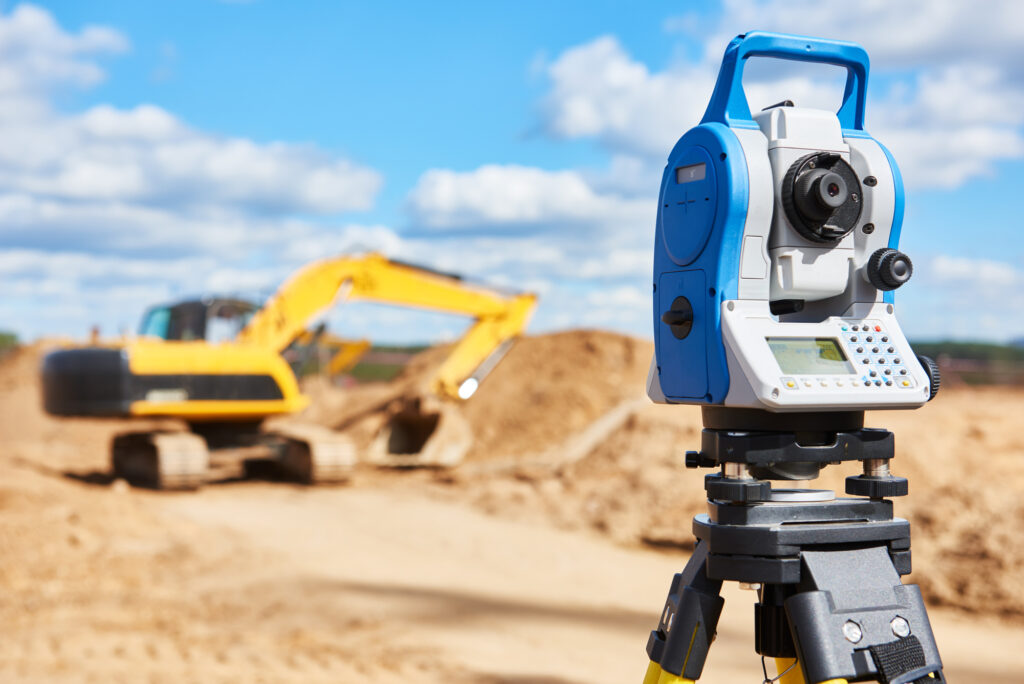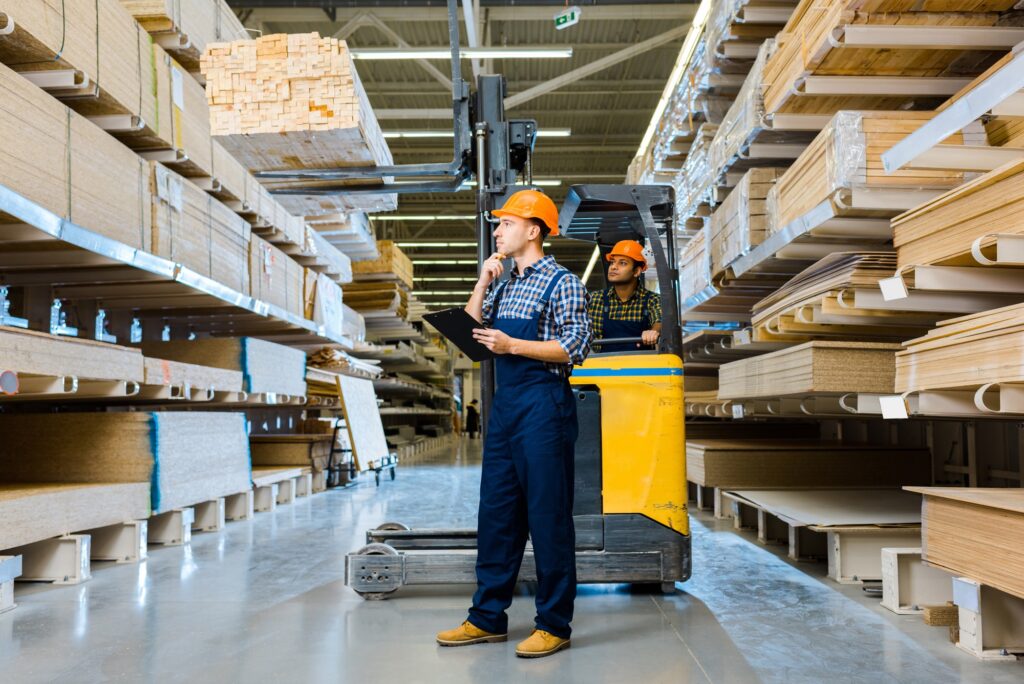For a long time, real estate development and the construction sector have been two of the most resilient and lucrative fields for investment. However, the success or failure of construction projects is often distinguished by fine margins, making the industry risky. For both developers and construction companies, two key factors determine whether your projects are successful: timely completion and doing so within budget.
Failure to meet either criterion significantly impacts a development’s return on investment. After a turbulent 2020, the construction sector is projected to pick up pace in 2021. However, as you prepare to initiate new projects or resume delayed ones, it is crucial to appreciate the evolving nature of challenges that you will encounter.
Key Challenges and Rising Construction Costs
The primary challenges come in the form of labor shortages and rising construction costs. Although these challenges are not new to the industry, the effects of COVID-19 have certainly compounded them. For instance, as construction projects slowed down in 2020, raw material suppliers halted production. Now that both delayed and new construction projects are continuing as planned, there is a significant shortage of raw materials such as steel. As such, the price of construction materials has risen astronomically over the last few months and is projected to continue rising for some time to come.
The rise in prices, along with other uncertainties, now increases your risk exposure and the need to innovate to address such risks. While you may not be able to control the rising cost of materials, you can strategically reduce its effects and increase the chances of project success. This can be achieved by identifying other areas of the project where you can reduce or avoid costs.
Considering that site-related construction costs can account for 7.5-15% of the project’s hard costs (excludes land acquisition), this is one of the areas where you can achieve significant cost savings and increase your bottom line.

Understanding Project Site Conditions
If there’s a key principle that can help you avoid financial constraints with construction projects is acknowledging that each project is unique. Regardless of how similar two projects may seem on paper, the challenges and costs will certainly be different.
Of course, the price of purchasing the site will make up the most significant project site cost. However, other site-related elements can also increase project site costs. To avoid such costs, it is essential to consider such factors as you select the site for a project.
Soil Conditions
When it comes to structural integrity and stability, the foundation of a building plays a crucial role. Your building cannot be safe for use if the foundation is not sufficient or stable enough to support its weight. Due to varying site conditions, two buildings of identical designs may require foundations of different sizes and possibly materials.
This is because the foundation sits on the soil, and depending on the type, structure, and stability of the soil, the depth adequate to support the weight of the building may vary. Therefore, before settling on a site, you must ensure that the soil conditions are ideal. Some of the soil conditions that can increase project costs include:
- Presence of contaminated materials
- Wetlands
- Presence of groundwater
- Whether the area is environmentally sensitive
- River or stream crossings
Other than complicating the foundation needs of the building, such conditions also increase project costs in the following ways:
- Excessive grading and earthwork to prepare the site (e.g., it may necessitate large volumes of soil export/import materials)
- Soil improvements to increase overall bearing capacity (e.g., it may require rammed aggregate piers)
Logistical Factors
With commercial construction projects such as high-rises that are typically located in metropolitan city centers, a large bulk of raw material will be necessary. For the project to progress smoothly, such materials must arrive on time. To ensure there are no unnecessary delays, select a construction site that is easily accessible. If the roads are not usable during bad weather or overly congested with traffic, raw materials can arrive late and affect both the construction timeline and increase costs for the project’s general conditions.
Ease of access to the site is another reason worth considering and if the site is located in areas requiring excessive coordination (e.g. traffic control, local agency approvals, etc.), getting raw materials there will be more expensive due to the additional labor and equipment needed for delivery.
Availability of Utilities
In the modern and urban setup, there are some amenities that are necessary for residents or businesses. Select a location where utilities such as electricity, gas, water, storm drains, and sewer lines are available and easy to tap into. Otherwise, you will be forced to find alternative solutions or find ways to work with service providers to access them and at times, local agency and service providers may have an extensive list of additional requests that a developer may be forced to pay for in exchange for their cooperation. This will not only increase construction costs but will certainly require additional time for planning.

The Cost You Cannot Afford to Forego in Real Estate Development
Undoubtedly, your projects’ success and profitability greatly hinge on your ability to keep costs down. Even though there are other elements you can enjoy cost savings, it is necessary to discern areas where you shouldn’t be too frugal. For instance, to truly understand a site’s condition and how it will affect total project costs, you may need to work with third-party consultants such as civil engineers, structural engineers, and geotechnical engineers.
Though this may seem like an additional cost, it is actually an investment that has the potential to greatly reduce your construction costs. This can be achieved by allowing you to avoid potentially expensive sites or providing a bargaining chip that can help reduce the cost of buying the property during negotiations.
How Can Build Analysis Help?
As construction costs and risks increase, the need to perform thorough due diligence before commencing projects is also increasing. At Build Analysis, we have a team of experts who provide you pre-construction analytics to ensure your projects run smoothly and profitably. Contact us today to get a solution designed for your unique construction needs.